|
Eating regularly throughout the day is good for maintaining energy and managing hunger. It also can help curb the end-of-day hunger and reduce overeating at night. Snacking can help with this, but it can be challenging to know what options might be most supportive. Including protein with your snacks can promote fullness, slow down digestion and provide a steady source of energy. Additionally, having a good source of fiber in your snacks will help too.
Below is a list of refrigerated and shelf stable snacks that can be kept with you during the day. If you get hungry between meals, consider trying the following options: Snacks to keep cool:
Snacks safe at room temperature:
Note: brand names are for educational purposes only - their mention is not an endorsement. REFERENCES: Basturk B, Koc Ozerson Z, Yuksel A. Evaluation of the Effect of Macronutrients Combination on Blood Sugar Levels in Healthy Individuals. Iran J Public Health. 2021;50(2):280-287. Gwin JA, Leidy HJ. Breakfast Consumption Augments Appetite, Eating Behavior, and Exploratory Markers of Sleep Quality Compared with Skipping Breakfast in Healthy Young Adults. Curr Dev Nutr. 2018;2(11): nzy074. Lodi A, Karsten B, Bosco G, Gómez-López M, Brandão PP, Bianco A, Paoli A. The Effects of Different High-Protein Low-Carbohydrates Proprietary Foods on Blood Sugar in Healthy Subjects. J Med Food. 2016; 19(11):1085-1095. Njike VY, Smith TM, Shuval O, et al. Snack Food, Satiety, and Weight. Adv Nutr. 2016;7(5):866-878. Sharafi M, Alamdari N, Wilson M, Leidy HJ, Glynn EL. Effect of a High-Protein, High-Fiber Beverage Preload on Subjective Appetite Ratings and Subsequent Ad Libitum Energy Intake in Overweight Men and Women: A Randomized, Double-Blind Placebo-Controlled, Crossover Study. Curr Dev Nutr. 2018;23(6): nzy022. By Celine Delaronde, MS MGH Dietetic Intern
0 Comments
With summer approaching you might be thinking more about your hydration, but do you need a special hydration product?
The short answer – it depends. What are hydration products? Hydration products are often found in powder forms and contain electrolytes. Electrolytes, like sodium, potassium, and chloride, are lost in sweat. Electrolytes help control muscle function, hydrate, and balance your blood. Electrolyte losses vary by person. Who should use hydration products? People who exercise, sweat excessively, or have digestive problems like diarrhea or vomiting may benefit. Research suggests that for every 1 hour of moderate to intense exercise (brisk walking, biking, running, or high-intensity interval training), two cups (or 16 ounces) of fluid, 300 to 600 mg sodium, and some carbohydrates should be consumed to assist with rehydration. Carbohydrates can help with electrolyte absorption. What’s the difference? We reviewed some popular brands:
Final answer? Certain products may aid in rehydration after intense exercise, periods of excessive sweating, or fluid lost through vomiting and diarrhea. For most people who exercise less than 1 hour, and are not excessively sweating or having digestive issues, plain water and food is usually enough to support hydration. If you are wondering if you may benefit from regularly consuming these products talk with your doctor or dietitian. REFERENCES: Aghsaeifard Z, Heidari G, Alizadeh R. Understanding the use of oral rehydration therapy: A narrative review from clinical practice to main recommendations. Health Sci Rep. 2022;5(5):e827 Kerksick, C.M., Wilborn, C.D., Roberts, M.D. et al. ISSN exercise & sports nutrition review update: research & recommendations. J Int Soc Sports Nutr. 2018;15(1): 38. McDermott BP, Anderson SA, Armstrong LE, et al. National Athletic Trainers' Association Position Statement: Fluid Replacement for the Physically Active. J Athl Train. 2017;52(9):877-895. Sawka MN, Burke LM, et al. American College of Sports Medicine position stand. Exercise and fluid replacement. Med Sci Sports Exerc. 2007;39(2):377-390. ?June 2022 Parrish By Emily Kolasheski MGH Dietetic Intern Budget friendly healthy eating can seem like an impossible task, especially with rising food costs. Here are some tips on achieving healthy eating without breaking the bank.
BEFORE SHOPPING
DURING SHOPPING
Make sure to check the size of the whole package to determine if you can use it before it may spoil. Purchasing by unit price can often lead to purchasing a larger amount of an item, so ask yourself: “Can I use this before the expiration date?”
This is an app from the United States Department of Agriculture designed to assist in making affordable healthy choices and offers ways to prepare budget friendly foods. Can't get the app? Check out their website for tips instead. REFERENCES 6 Tips for Eating Healthy on a Budget. Centers for Disease Control and Prevention. Published December 2021. Accessed October 2024. Academy of Nutrition and Dietetics Offers Tips for Healthful Eating as Consumer Food Spending Increases. Eat Right PRO: Academy of Nutrition and Dietetics. Published November 2023. Accessed March 2024. Arky, J. How Much Cheaper Are Store-Brand Groceries Than Name Brands? Nasdaq.com. Published 2022. Accessed March 2024. Cox J. Shop Healthy on a Budget. Academy of Nutrition and Dietetics. Published March 2022. Accessed March 2024. Smart Shopping | SNAP-Ed. New York State Office of Temporary and Disability Assistance. Published June 2015. Accessed March 2024. By Halle Derouin, MS MGH Dietetic Intern Most people benefit from eating one to four hours before a workout. This can depend on how your body reacts to eating before exercise and also on how long you plan to workout. Read on to learn more about how to fuel your body before workouts.
CARBOHYDRATES Carbohydrates are our body’s preferred source of quick energy. They help to fuel workouts. If workouts are lengthy or intense, eating carbohydrate beforehand is particularly helpful. Examples of carbohydrates: fruit, yogurt, oatmeal, pasta, bread PROTEIN Eating protein with a carbohydrate source before exercise will slow digestion of the food and allow for a steady release of energy for the body. Additionally, providing the body with protein pre-workout may reduce muscle breakdown. Examples of protein: yogurt, chicken, eggs, tofu, nuts and nut butter, seeds and seed butter Both the intensity and duration of exercise can impact the type of fuel you may need. In particular, longer and more strenuous workouts benefit from including carbohydrates. Here are some examples depending on your current workout routine: Suggestions for workouts less than 90 minutes: Low to moderate intensity (meaning you can carry on a conversation during the activity):
High intensity (meaning you can only carry on very brief conversations or cannot talk at all during the activity):
Suggestions for workouts more than 90 minutes: Low to moderate intensity:
High intensity:
Please note eating higher fiber foods (like nuts and beans) closer to the time of exercise may cause digestive upset for some people. REFERENCES: Eating and Exercise: 5 Tips to Maximize Your Workouts. Mayo Clinic. December 2023. Accessed February 2023. Ormsbee M, Bach C, Baur D. (2014). Pre-Exercise Nutrition: The Role of Macronutrients, Modified Starches and Supplements on Metabolism and Endurance Performance. Nutrients. 2014; 6(5): 1782–1808. Rothschild JA, Kilding AE, Plews DJ. What Should I Eat before Exercise? Pre-Exercise Nutrition and the Response to Endurance Exercise: Current Prospective and Future Directions. Nutrients. 2020;12(11):3473. By Celine Delaronde, MS MGH Dietetic Intern Following a healthy diet can be challenging, especially during holidays. We often focus on what to eat or how much we should have. These concerns can increase stress and discourage sustainable habits. This can be distressing with frequent holiday gatherings where we have less control over what is offered. Instead of over-restricting, eating mindfully can help us enjoy the food we love and has been shown to reduce stress and emotional eating. What is Mindful Eating? The definition of mindfulness is “paying attention in a particular way, on purpose, in the present moment, and nonjudgmentally.” Mindful eating is one way to practice mindfulness. It helps us to appreciate food and can enrich our eating experience. Eating mindfully is associated with decreased distractions and increased awareness of the flavor of food. 5 Tips to Practice Mindful Eating this Season:
REFERENCES: Bennett BL, Latner JD. Mindful Eating, Intuitive Eating, and the Loss of Control Over Eating. Eating Behaviors. 2022; 47:101680. Garrett E, Licata A, Hoffman J. Mindful Eating and Perceived Stress in College Students. Journal of the Academy of Nutrition and Dietetics. 2021;121(9): A94. Kabat-Zinn J. Full Catastrophe Living: Using the Wisdom of your Body and Mind to Face Stress, Pain, and Illness. Revised and updated edition. New York: Bantam Books; 2013. Khan Z, Zadeh ZF. Mindful Eating and it's Relationship with Mental Well-being. Procedia - Social and Behavioral Sciences. 2014;159:69-73. Morillo-Sarto H, López-del-Hoyo Y, Pérez-Aranda A, et al. ‘Mindful eating’ for Reducing Emotional Eating in Patients with Overweight or Obesity in Primary Care Settings: A Randomized Controlled Trial. European Eating Disorders Review. 2023;31(2):303-319. Nelson JB. Mindful Eating: The Art of Presence While You Eat. Diabetes Spectr. Aug 2017;30(3):171-174. By Yu-Hsiang Chiu, MS MGH Dietetic Intern According to the CDC, only 10% of adults in the US are consuming adequate vegetables and only 12% are consuming adequate fruits. Shopping at a farmers market is a great way to get fresh tasting produce and mix up your fruit and vegetable routine.
Why Eat Seasonally? One of the best things about getting produce from the farmers market is the great taste. There is nothing like the taste of a crisp apple in the fall. Beyond the flavor, shopping at a farmers market is a great way to engage with your community and try new foods. Research shows affordability of fruits and vegetables can be a barrier to eating them regularly. If you are worried about the cost of foods at a farmers market, remember that you can use SNAP benefits there. The Healthy Incentives Program (HIP) even gives you cash back on your EBT card if you purchase produce. You may also be eligible for the farmers market coupon program in Boston. What is in Season in New England During Early Fall?
There are many health benefits of consuming fruits and vegetables. They are loaded with vitamins, minerals, and other antioxidants. For example, pumpkins contain vitamin C, copper, fiber, and beta-carotene. Beta-carotene is part of the carotenoid family, a group of antioxidants that may offer protection for your heart. Pumpkins can be delicious in both sweet and savory recipes. Try a savory pumpkin stuffed with your favorite vegetables, rice, and cheese if you want something hearty and savory. Follow along with this recipe here. REFERENCES: Lee SH, Moore LV, Park S, Harris DM, Blanck HM. Adults Meeting Fruit and Vegetable Intake Recommendations — United States, 2019. Morbidity and Mortality Weekly Report. 2022; 71:1–9. Miller V, Yusuf S, Chow CK, Mente A. et al. Availability, Affordability, and Consumption of Fruits and Vegetables in 18 Countries Across Income Levels: Findings from the Prospective Urban Rural Epidemiology (PURE) Study. Lancet Glob Health. 2016; 4(10): e695-703. Xavier AA, Pérez-Gálvez A. Carotenoids as a Source of Antioxidants in the Diet. Subcell Biochem. 2016; 79:359-75. By Abigail Harrison, MS MGH Dietetic Intern Magnesium, the fourth most abundant mineral in the body, can be found naturally in foods and is crucial to a variety of bodily functions.
Why is magnesium important? The mineral plays a key role in bone mineralization and vitamin D synthesis, making adequate amounts of magnesium vital to building and maintaining healthy bones. It is also involved in energy production and regulation of blood sugar. Lastly, magnesium is critical to muscle and nerve function, acting as an electric conductor to contract muscles and help keep the heart beating steadily. What happens if you don't get enough? Magnesium deficiency can result if your diet is too low in magnesium-rich foods. Other factors that influence magnesium intake include how food is grown and processed. Digestive disorders and chronic diseases, like diabetes, can also increase deficiency risk. Early signs of deficiency can include fatigue, loss of appetite, muscle spasms, nausea, and weakness. If the deficiency is left untreated, more severe symptoms, like abnormal heart rhythms and seizures, can occur. Here are some tips to boost your intake: Magnesium is found in a wide variety of plants. To increase your intake, aim to include a handful (about ¼ cup) of nuts or seeds per day. Switching from refined grains (like pasta) to whole grains (like quinoa) helps too. Try to eat leafy greens as often as you can and consider adding beans to salads. Some of our favorite magnesium-containing foods are:
RESOURCES: 25 Magnesium-Rich Foods You Should Be Eating. Cleveland Clinic. Published March 2023. Accessed June 2023. Magnesium. The Nutrition Source: Harvard T.H. Chan School of Public Health. Last Reviewed March 2023. Accessed June 2023. Magnesium: Fact Sheet for Health Professionals. National Institutes of Health: Office of Dietary Supplements. Last Updated June 2022. Accessed June 2023. Razzaque MS. Magnesium: Are We Consuming Enough?. Nutrients. 2018;10(12):1863. Signs You May Have a Magnesium Deficiency Cleveland Clinic. Published October 2022. Accessed June 2023. Volpe SL. Magnesium in Disease Prevention and Overall Health. Advances in Nutrition. 2013;4(3):378S-83S. By Isabel Balady MGH Dietetic Intern Did you know that there are certain foods that are considered “brain healthy”?
Researchers at Rush University Medical Center and the Harvard T.H. Chan School of Public Health introduced the MIND diet, a combination of the Mediterranean and DASH (Dietary Approaches to Stop Hypertension) diets, to support brain health. This dietary pattern is believed to have protective effects against cardiovascular disease, a benefit that may also help preserve brain function. Regularly eating the following foods may benefit your brain. Here's how to do it. Aim for: 1 or more serving(s) of vegetables per day (other than leafy greens - includes peppers, squash, carrots, broccoli, celery, tomatoes, string beans, beets, corn, potatoes, and peas) 1 fish-based meal per week (e.g. tuna sandwiches, fresh fish - does not include fried fish) 2 or more servings of berries per week (e.g. strawberries) 2 or more poultry-based meals per week (e.g. chicken, turkey) 3 or more servings of whole grains per day (e.g. oats, quinoa, brown rice) 4 or more bean-based meals per week (e.g. kidney beans, chickpeas, lentils, edamame) 5 or more servings of nuts per week (e.g. walnuts, almonds) 6 or more servings of leafy green vegetables per week (e.g. kale, collards, spinach, tossed salad) For an extra boost, try adding in omega-3 fatty acids, known for supporting learning, memory, and blood flow to the brain. Some good sources of these healthy fats include:
REFERENCES: Dighriri IM, Alsubaie AM, Hakami FM, et al. Effects of omega-3 polyunsaturated fatty acids on brain functions: a systematic review. Cureus. October 9; 14(10): e30091. Marcason W. What are the components to the mind diet? Journal of the Academy of Nutrition and Dietetics. 2015;115(10):1744. Morris MC, Tangney CC, Wang Y, et al. Mind diet slows cognitive decline with aging. Alzheimer’s & Dementia. 2015;11(9):1015-1022. Morris MC, Tangney CC, Wang Y, Sacks FM, Bennett DA, Aggarwal NT. Mind diet associated with reduced incidence of Alzheimer's disease. Alzheimer’s & Dementia. 2015;11(9):1007-1014. By Jessica Karasik, MS MGH Dietetic Intern July is National Picnic Month - whether you prefer a relaxing beach day or a weekend camping trip, picnic foods are an essential part of summer. Read on for tips on how to balance your picnic basket to keep you fueled and energized for any outdoor activity.
SIDES What’s a picnic without an abundance of sides to snack on? Though simple carbohydrates such as potato chips and crackers are convenient choices, try choosing whole grains, fruits, and veggies with more fiber to increase feelings of fullness and help prevent overeating. Power up your picnic basket even further by pairing these supportive carbs with a protein source for long-lasting energy.
MAIN COURSE Hamburgers and hotdogs are a crowd favorite for outdoor gatherings, but there are plenty of ways to get creative with the main course. Take advantage of all the fresh produce this summer and prepare a salad with seasonal fruits and vegetables, topped off with a lean protein like grilled chicken. (Try this Mediterranean pasta salad.) Or go the simple route with sandwiches. Start by choosing a whole grain bread and upgrade your sandwich with veggies and a heart-healthy spread, such as hummus or avocado. (Need some inspiration? Check out this video for a quick Asian sesame chicken wrap. Or perk up your sandwich with these additional suggestions.) Looking to add more seasonal produce? Here is a comprehensive list. BEVERAGES Refueling with plenty of fluid is necessary on a hot afternoon, but classic picnic beverages can contain significant added sugar. Swap the lemonade and soda for flavored sparkling water or infused water with lemon or herbs if you struggle to stay hydrated with water alone. REFERENCE: Guan Z-W, YU E-Z, Feng, Q. Soluble Dietary Fiber, One of the Most Important Nutrients for the Gut Microbiota. Molecules. 2021; 26(22):6802. By Lydia Marks, MS, Dietetic Intern Have you been struggling with eating healthier while also balancing family dynamics? Are you wondering how you can have both healthy meals and happy kids? Try these tips!
INVOLVE KIDS IN MEAL PREP They can help you prepare by:
Involving your kids in cooking is a great way for them to start learning about food and healthy eating. Research even suggests cooking with kids may increase their preference for vegetables. LET THEM PICK OUT FOOD Have them:
Use this as an opportunity to teach your kids about healthy eating with family activities. CONSULT A FAMILY-FRIENDLY COOKBOOK OR TRY ONE OF THESE HEALTHY RECIPES:
Sometimes complicated meals can feel overwhelming for kids, stick to the basics and work from there. REFERENCES: American Heart Association editorial staff. When Kids Help Cook, Healthy Family Meals Are Easier. American Heart Association. Updated August 23, 2019. Accessed April 2023. Asigbee F, Davis J, Markowitz A, et al. The Association Between Child Cooking Involvement in Food Preparation and Fruit and Vegetable Intake in a Hispanic Youth Population. Current Developments in Nutrition. 2020; 4(4). Spill M, Callahan E, Johns K, et al. Repeated Exposure to Foods and Early Food Acceptance: A Systematic Review. USDA Nutrition Evidence Systematic Review. 2019. By Maria Cherry, MGH Dietetic Intern |
TOPICS
All
Archives
December 2023
|


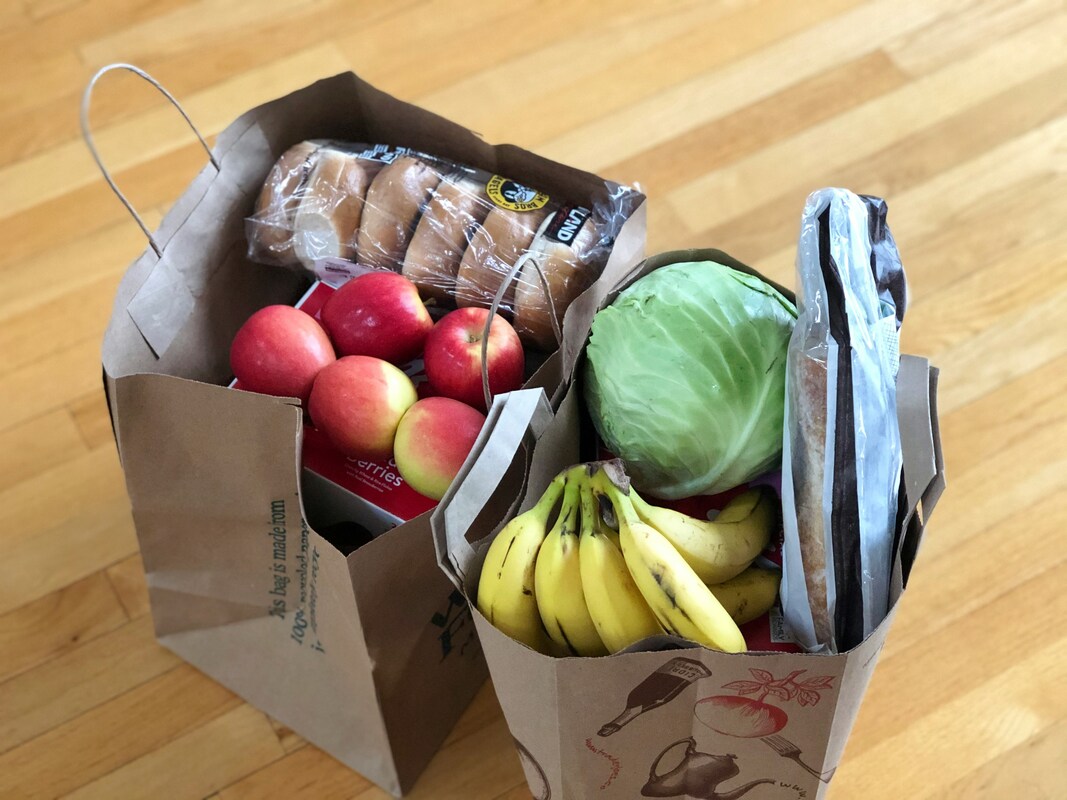
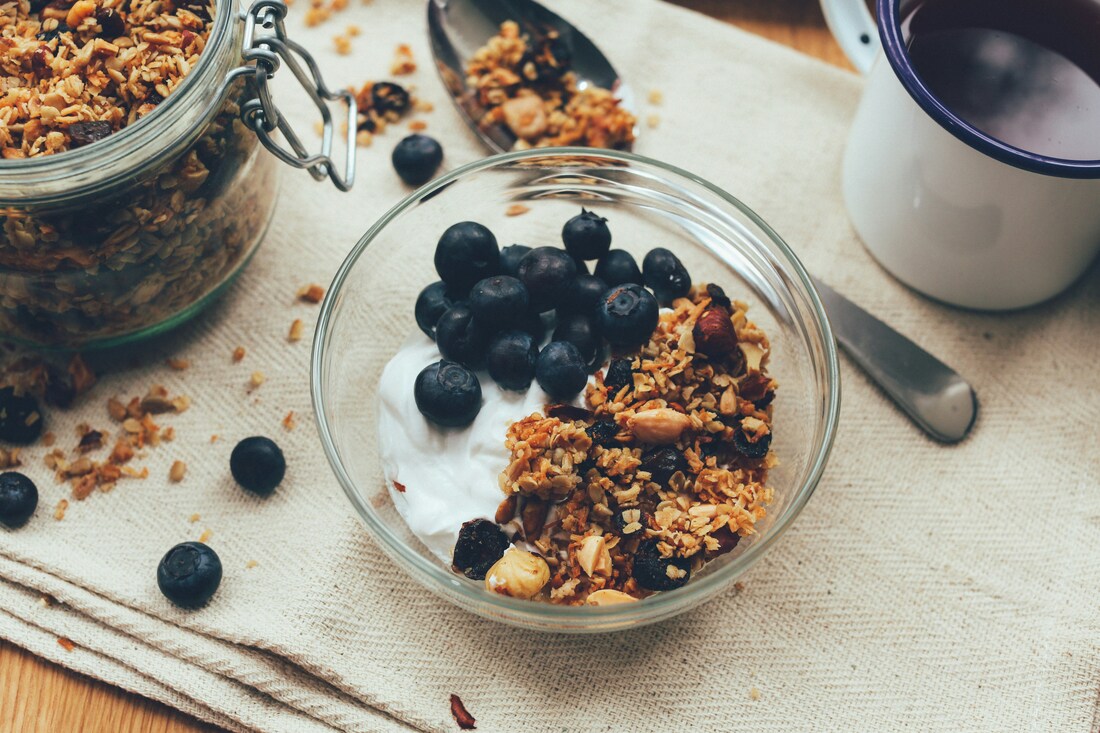


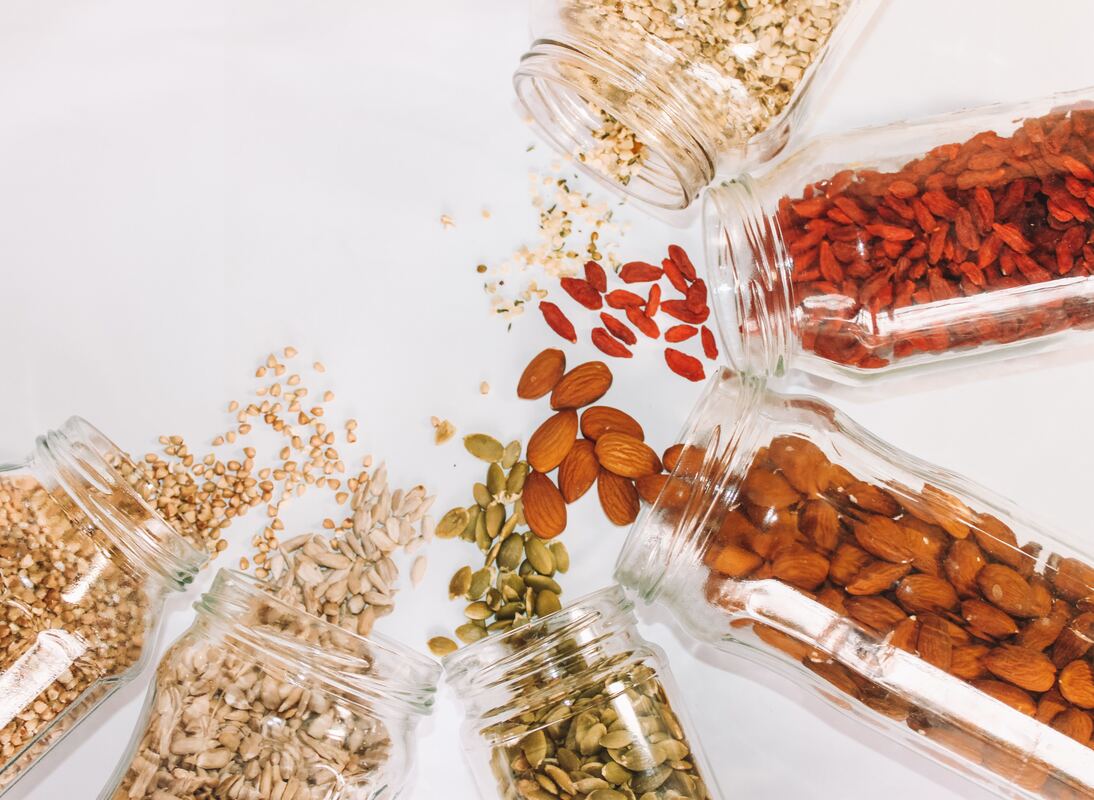
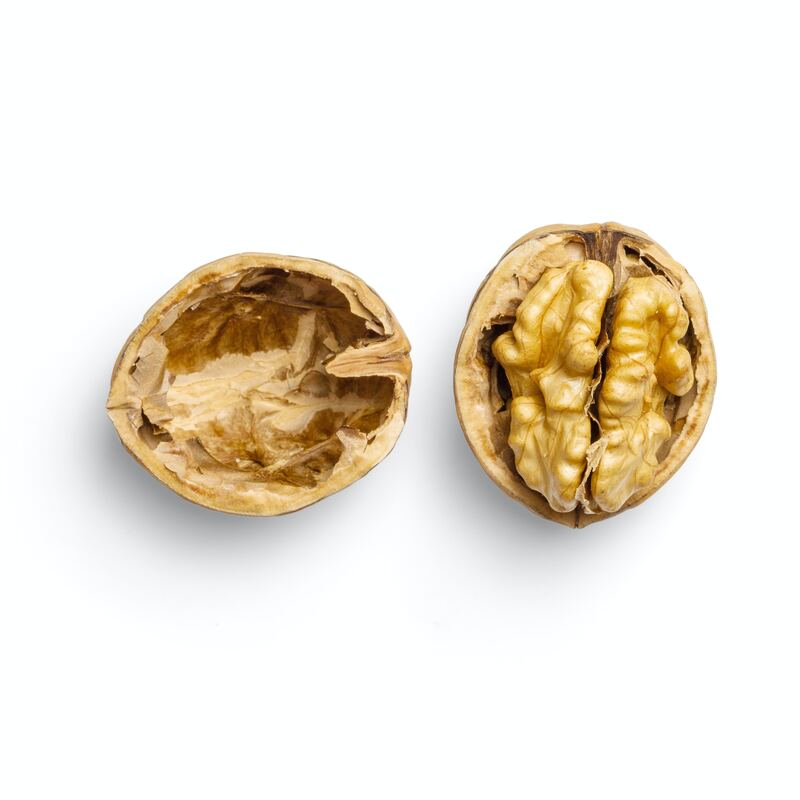


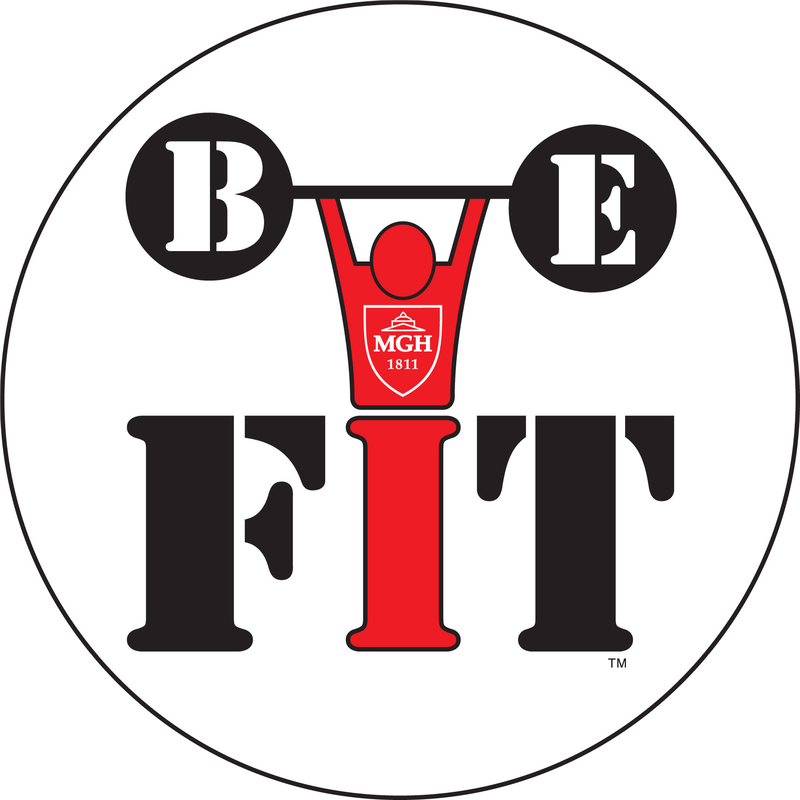
 RSS Feed
RSS Feed